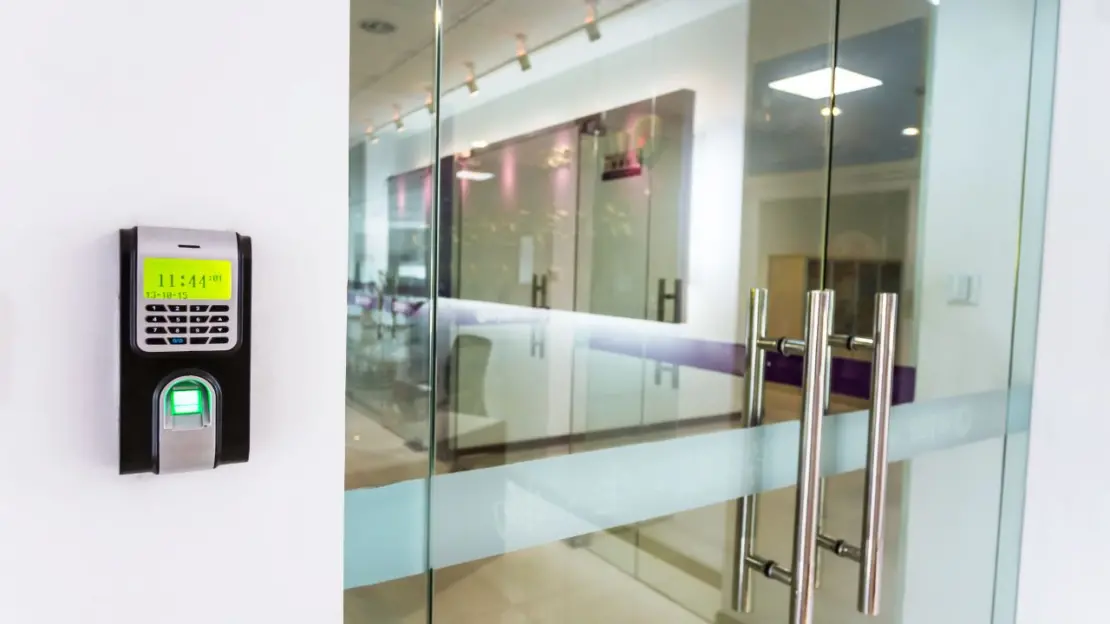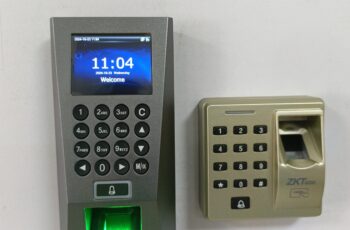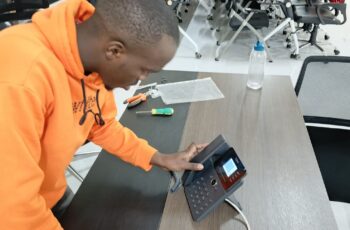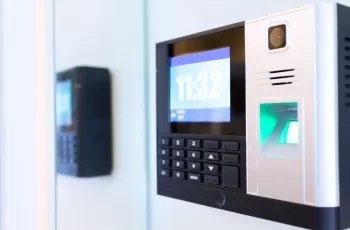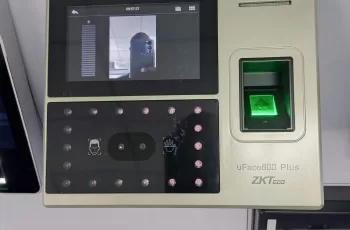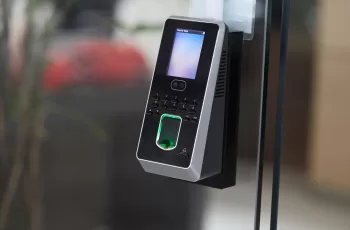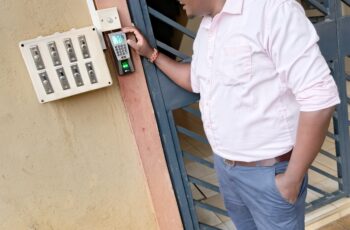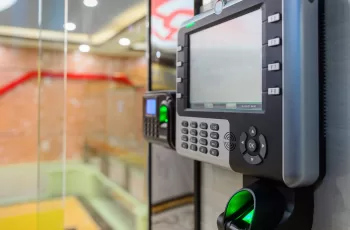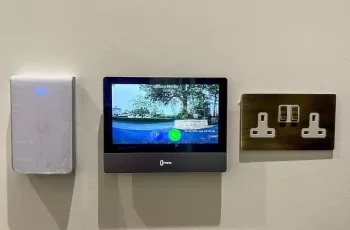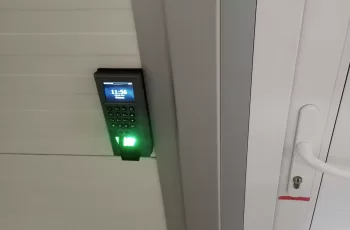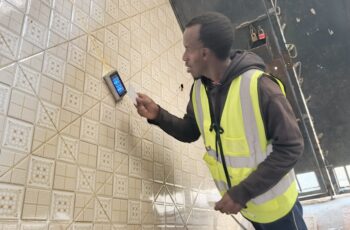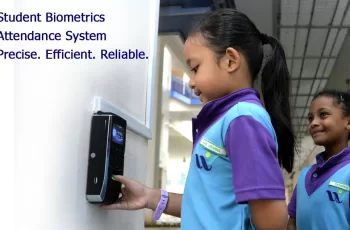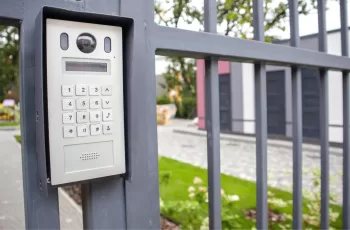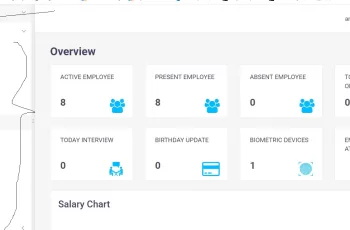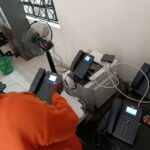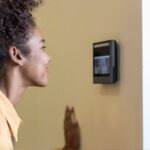Biometric Time Attendance Systems in Kenya
Unlocking Efficiency: Biometric Time Attendance Systems in Kenya
Biometric Time Attendance Systems in Kenya. In today’s fast-paced world, businesses in Kenya are constantly seeking innovative solutions to streamline their operations and improve efficiency. One such solution gaining popularity is biometric time attendance systems. These cutting-edge systems utilize biometric technology to accurately record employee attendance, revolutionizing the way businesses manage their workforce.
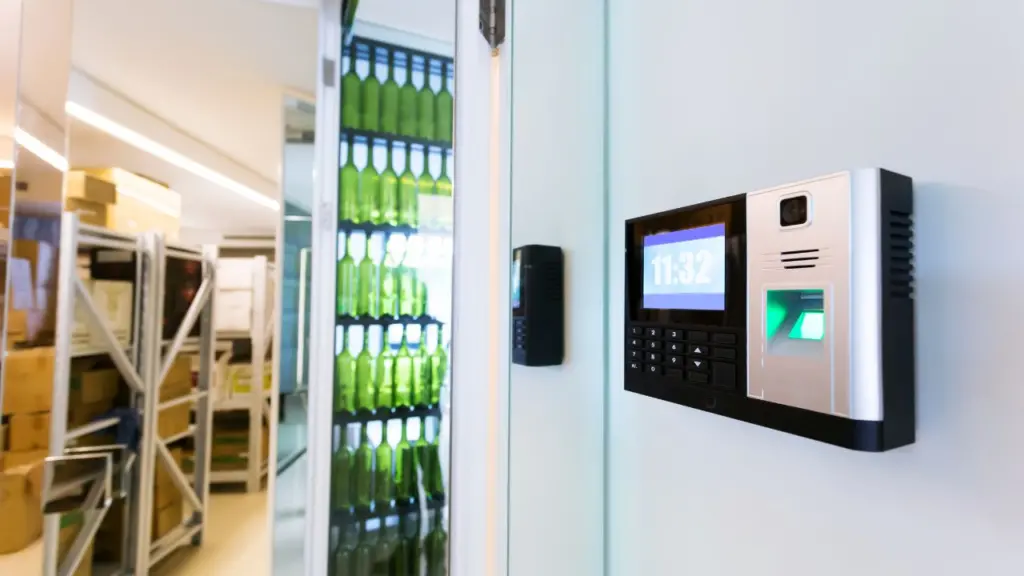
The Evolution of Time Attendance Systems
Gone are the days of manual timekeeping methods such as paper timesheets and punch cards. Traditional systems were prone to errors, time theft, and inefficiencies, leading to payroll discrepancies and increased administrative burden. Recognizing the limitations of these systems, businesses are turning to biometric time attendance solutions for a more reliable and secure alternative.
How Biometric Time Attendance Systems Work
How Biometric Time Attendance Systems Work. Biometric time attendance systems leverage unique biological characteristics such as fingerprints, facial features, or iris patterns to verify the identity of employees.
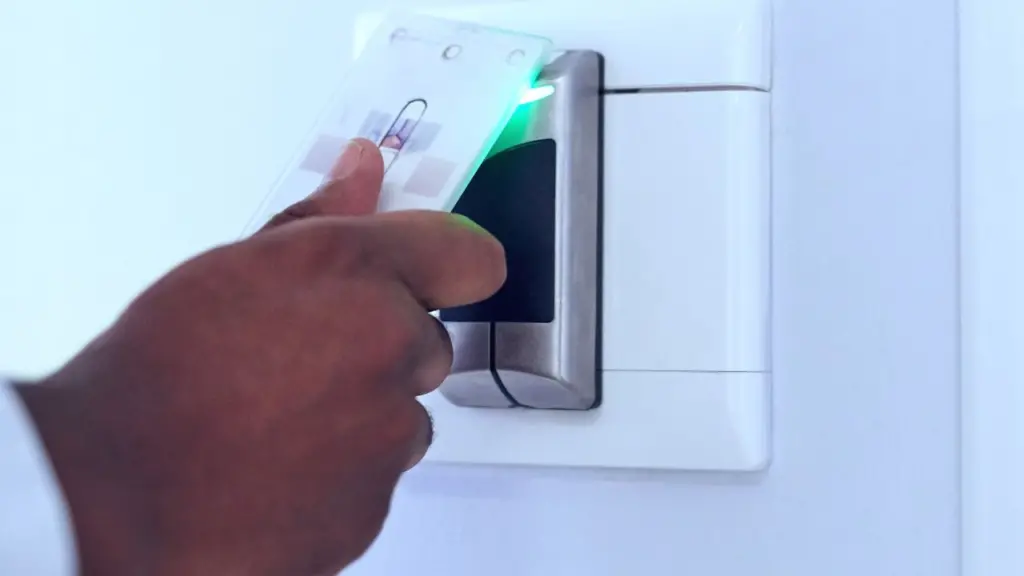
By capturing biometric data during clock-ins and clock-outs, these systems ensure accurate recording of attendance without the risk of buddy punching or time fraud.
Benefits of Biometric Time Attendance Systems
- Accuracy: Biometric authentication ensures precise identification of employees, eliminating errors associated with manual data entry or proxy attendance.
- Security: Biometric data is unique to each individual, providing a highly secure method of access control and preventing unauthorized access to sensitive areas.
- Efficiency: Automated attendance tracking reduces administrative workload and streamlines payroll processing, saving time and resources for businesses.
- Cost-Effectiveness: While initial investment costs may be higher than traditional systems, the long-term benefits of biometric time attendance systems outweigh the expenses, leading to significant cost savings over time.
- Compliance: Biometric time attendance systems help businesses comply with labor regulations and maintain accurate records for legal and regulatory purposes.
Choosing the Right Solution
Biometric Time Attendance Systems in Kenya. With several biometric time attendance systems available in the market, it’s essential for businesses to choose a solution that meets their specific needs and requirements. Factors to consider include scalability, integration with existing systems, user-friendly interfaces, and ongoing support and maintenance.
Optimizing Workforce Management: Exploring the Applications of Biometric Time Attendance Systems
In the fast-paced world of modern business, efficiency is key. Every minute counts, and ensuring accurate timekeeping is essential for optimizing productivity and maintaining organizational success. Traditional timekeeping methods have long been plagued by issues such as buddy punching and manual errors, leading to significant losses for businesses. However, the advent of biometric time attendance systems has revolutionized workforce management, offering a range of applications across various industries. Let’s delve into some of the key applications of these innovative systems:
1. Employee Attendance Tracking: Biometric time attendance systems provide a foolproof method for tracking employee attendance. By utilizing unique biological characteristics such as fingerprints, facial features, or iris patterns, these systems accurately record employee clock-ins and clock-outs in real-time. This not only eliminates the possibility of buddy punching but also ensures that businesses have precise records of employee attendance for payroll processing and compliance purposes.
2. Access Control and Security: Beyond tracking attendance, biometric systems also serve as powerful access control tools. By integrating biometric authentication into entry points, businesses can enhance security and prevent unauthorized access to sensitive areas. Whether it’s restricting access to certain floors of a building or securing equipment in a warehouse, biometric time attendance systems provide an added layer of protection against intruders and ensure that only authorized personnel can enter designated areas.
3. Time and Attendance Analytics: Biometric time attendance systems offer valuable insights into employee attendance patterns and trends. By analyzing data collected over time, businesses can identify areas for improvement, optimize scheduling, and address issues such as absenteeism and tardiness. This data-driven approach to workforce management enables organizations to make informed decisions that positively impact productivity and efficiency.
4. Integration with HR Systems: Many biometric time attendance systems offer seamless integration with HR software, streamlining administrative processes and enhancing overall efficiency. By automatically syncing attendance data with payroll and HR systems, businesses can eliminate manual data entry, reduce errors, and expedite payroll processing. This integration also facilitates compliance with labor regulations and ensures that businesses maintain accurate records of employee attendance.
5. Multi-Purpose Identification: In addition to timekeeping, biometric systems can be used for various identification purposes within an organization. Whether it’s granting access to company resources, tracking employee movements within a facility, or facilitating secure transactions, biometric authentication provides a versatile solution that enhances security and convenience across different applications.
Importance of biometric time attendance systems.
Biometric time attendance systems play a pivotal role in modern workforce management, offering a range of benefits that contribute to increased efficiency, enhanced security, and improved productivity.
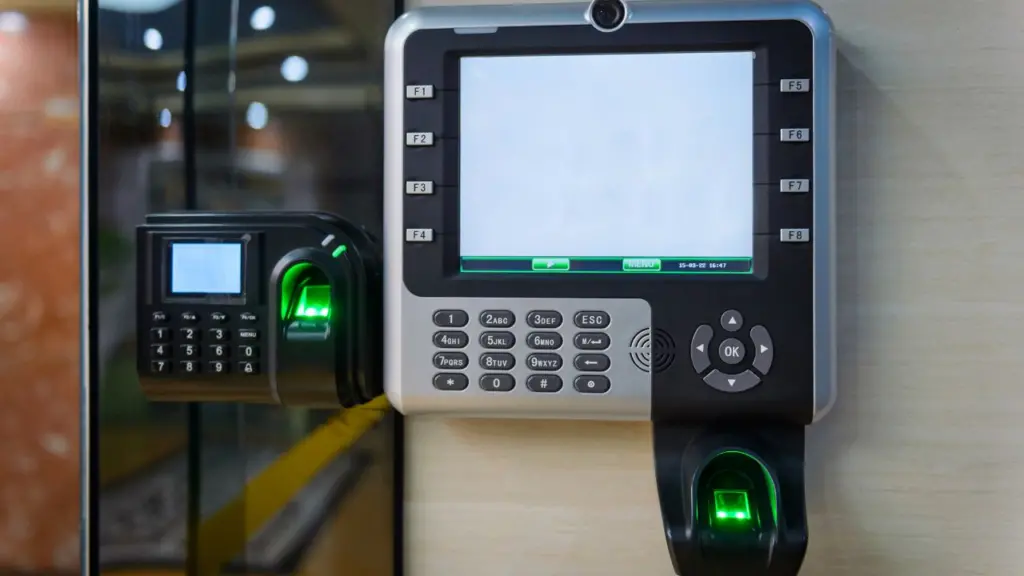
Here are some of the key importance of biometric time attendance systems:
1. Accuracy: Biometric time attendance systems offer unparalleled accuracy in tracking employee attendance. By utilizing unique biological characteristics such as fingerprints, facial features, or iris patterns, these systems ensure that each clock-in and clock-out is associated with the correct employee, eliminating the possibility of errors or time fraud.
2. Elimination of Buddy Punching and Time Theft: One of the most significant challenges faced by businesses with traditional timekeeping methods is buddy punching, where employees clock in or out on behalf of their colleagues. Biometric time attendance systems effectively eliminate this practice by requiring employees to authenticate their identity using their biometric data, ensuring that only the actual employee can record their attendance.
3. Enhanced Security: Biometric authentication provides a high level of security compared to traditional methods such as passwords or ID cards, which can be lost, stolen, or shared. Biometric data is unique to each individual and virtually impossible to replicate, making it an ideal solution for access control and ensuring that only authorized personnel can enter designated areas.
4. Streamlined Payroll Processing: By automating the attendance tracking process, biometric time attendance systems streamline payroll processing and reduce administrative workload. Integration with HR and payroll software allows for seamless transfer of attendance data, eliminating the need for manual data entry and reducing the risk of errors in payroll calculations.
5. Compliance with Labor Regulations: Accurate record-keeping of employee attendance is essential for compliance with labor regulations and labor laws. Biometric time attendance systems provide businesses with reliable records of employee work hours, ensuring compliance with regulations such as overtime pay, minimum wage requirements, and work hour limits.
6. Improved Productivity: With accurate attendance data at their fingertips, managers can identify attendance patterns, track absenteeism, and address issues such as tardiness more effectively. By optimizing scheduling and addressing attendance-related issues promptly, businesses can improve overall productivity and ensure that resources are utilized efficiently.
7. Data Insights and Analytics: Biometric time attendance systems provide valuable data insights and analytics that can help businesses make informed decisions about workforce management. By analyzing attendance data over time, businesses can identify trends, optimize staffing levels, and implement strategies to improve workforce efficiency.
In summary, biometric time attendance systems offer a host of benefits that are essential for modern businesses looking to optimize workforce management, enhance security, and improve overall productivity. By leveraging biometric technology, businesses can streamline administrative processes, ensure compliance with labor regulations, and create a more secure and efficient work environment.
Ready to enhance the security of your property with state-of-the-art fingerprint door lock solutions and employees time attendance system? Get in touch with us today to schedule a consultation or inquire about our biometrics attendance systems. Our friendly and knowledgeable team is here to assist you every step of the way.
BoardTac Solutions
Phone: +254-113-670-045
Email: support@boardtac.co.ke
Website: https://boardtac.co.ke

